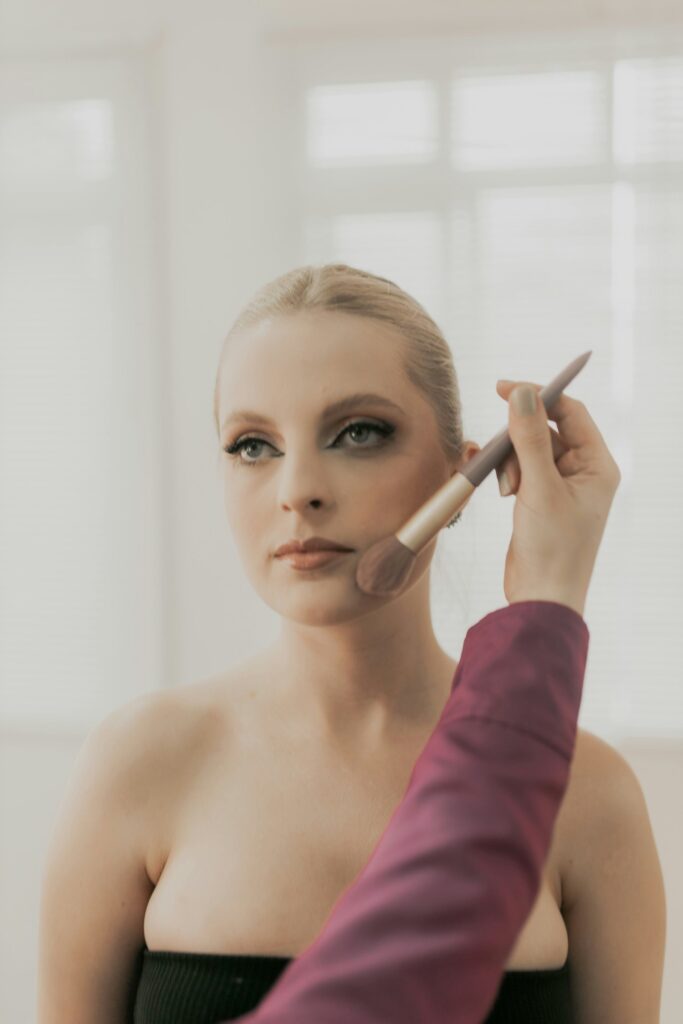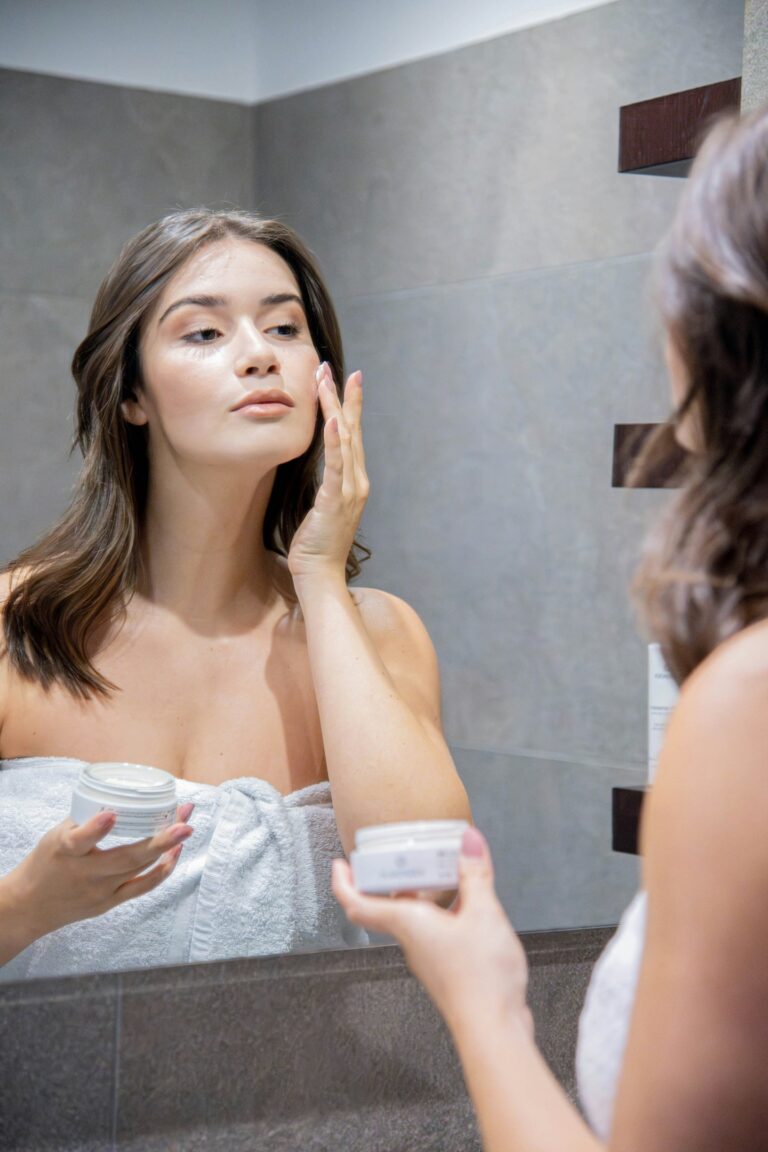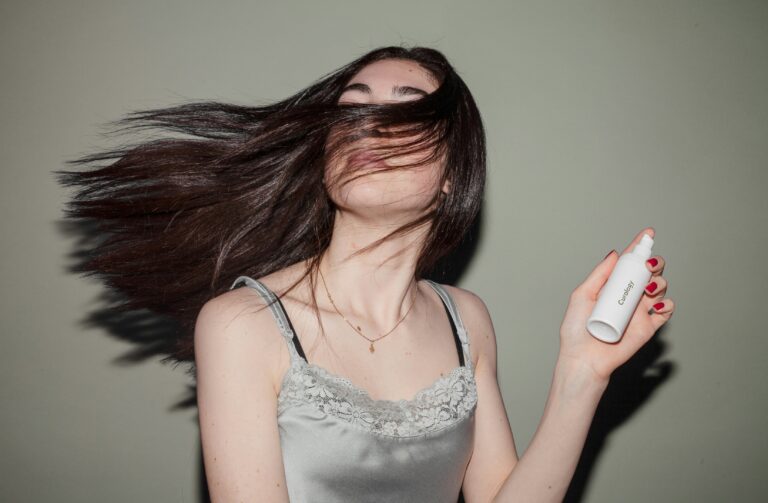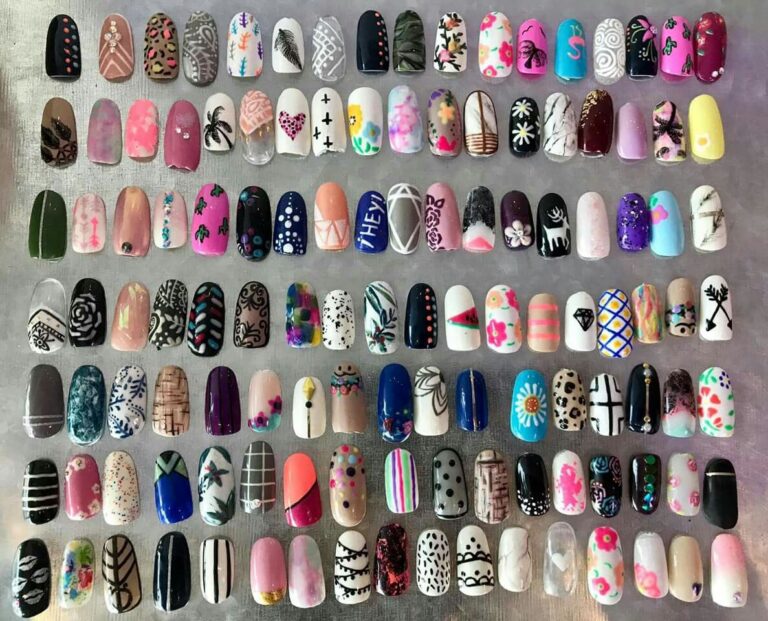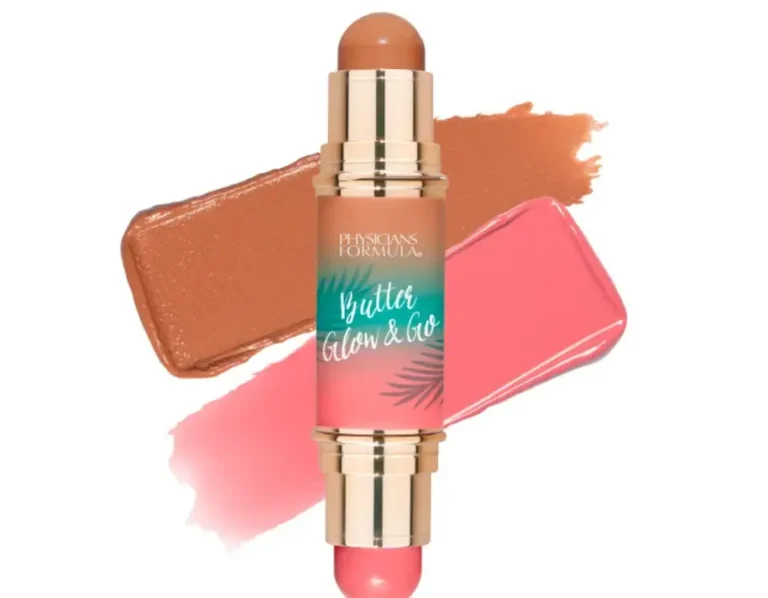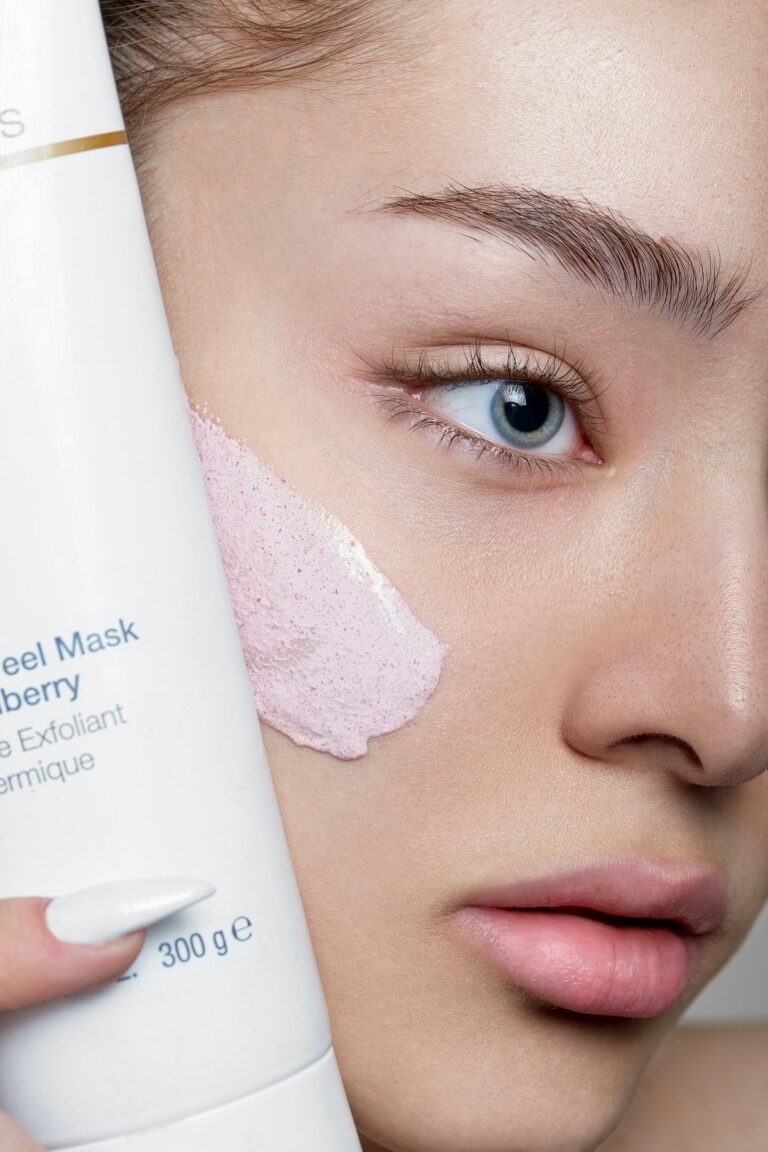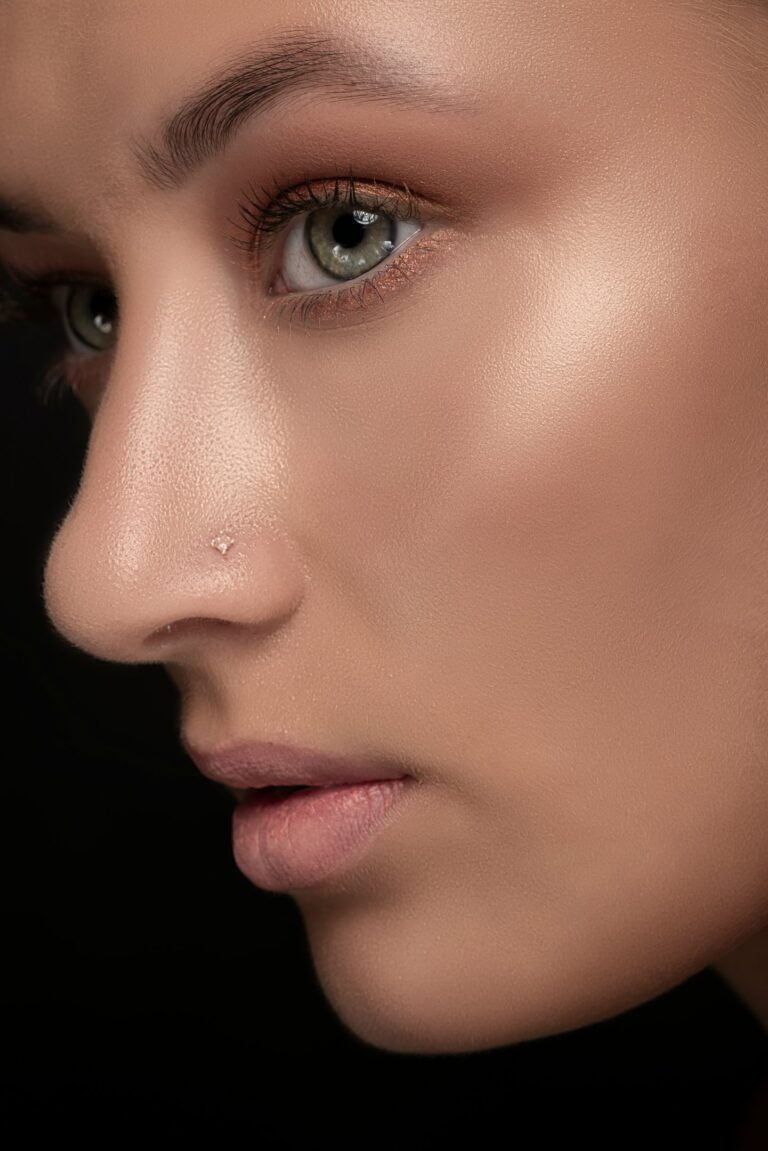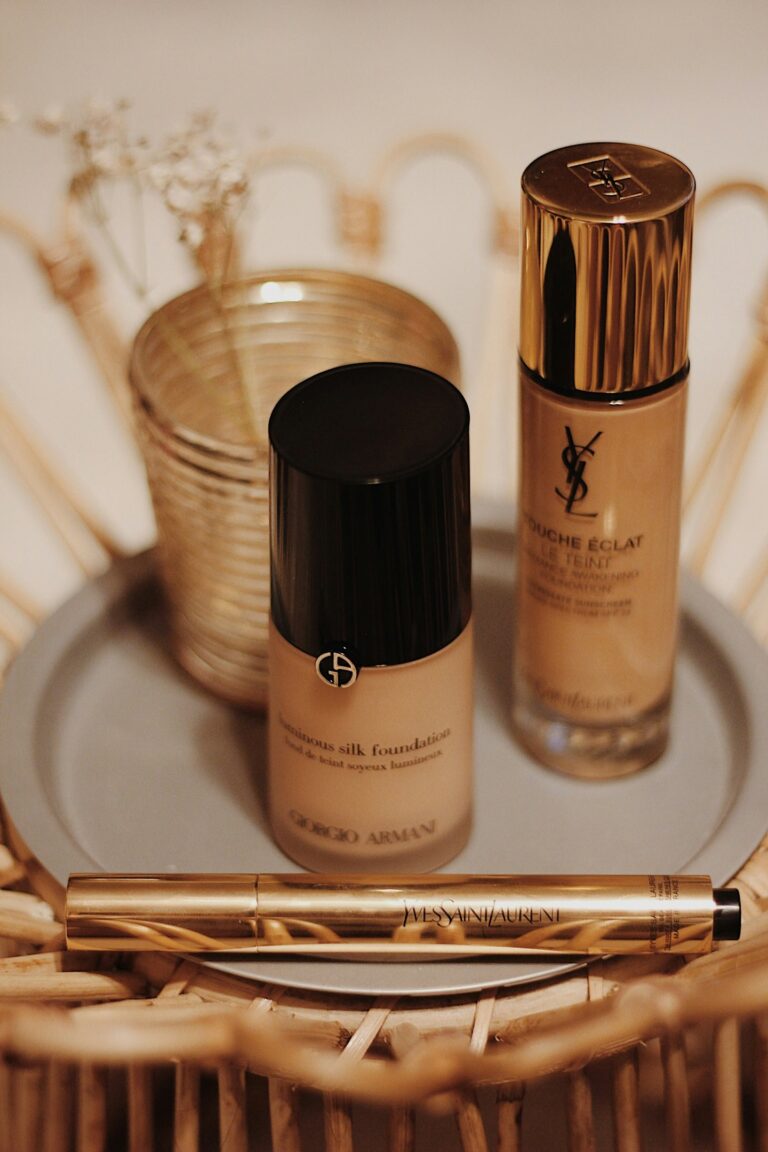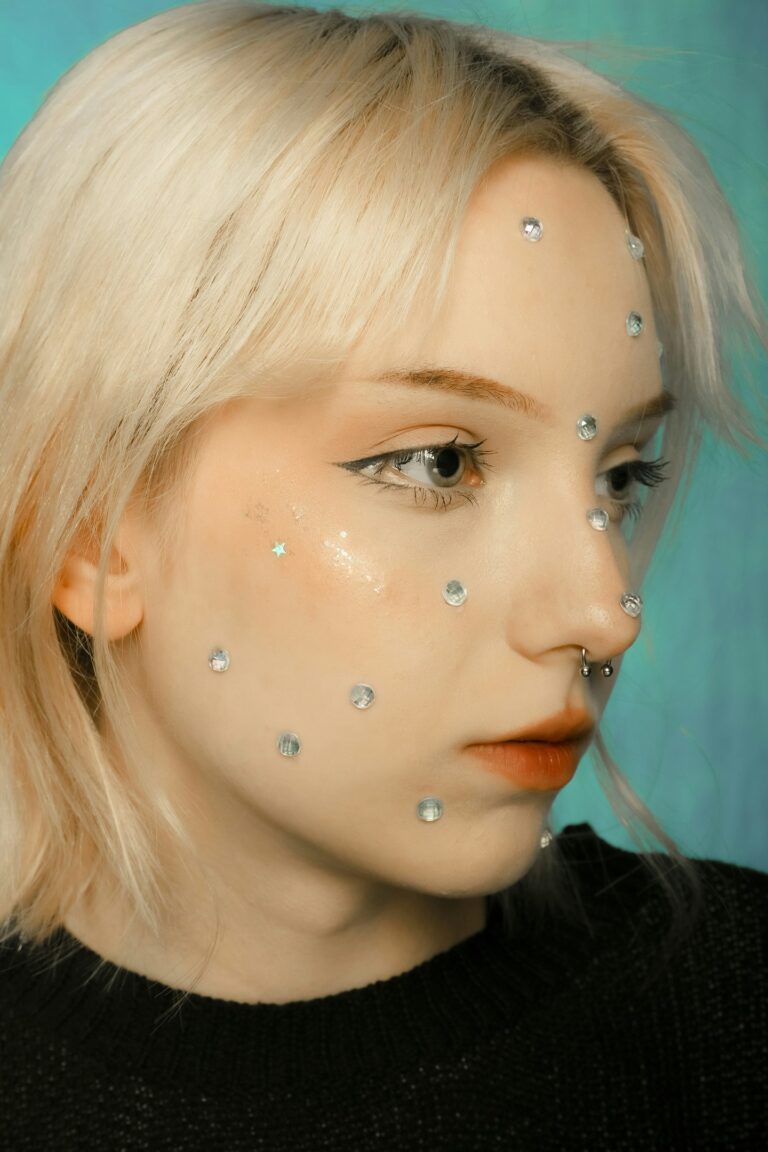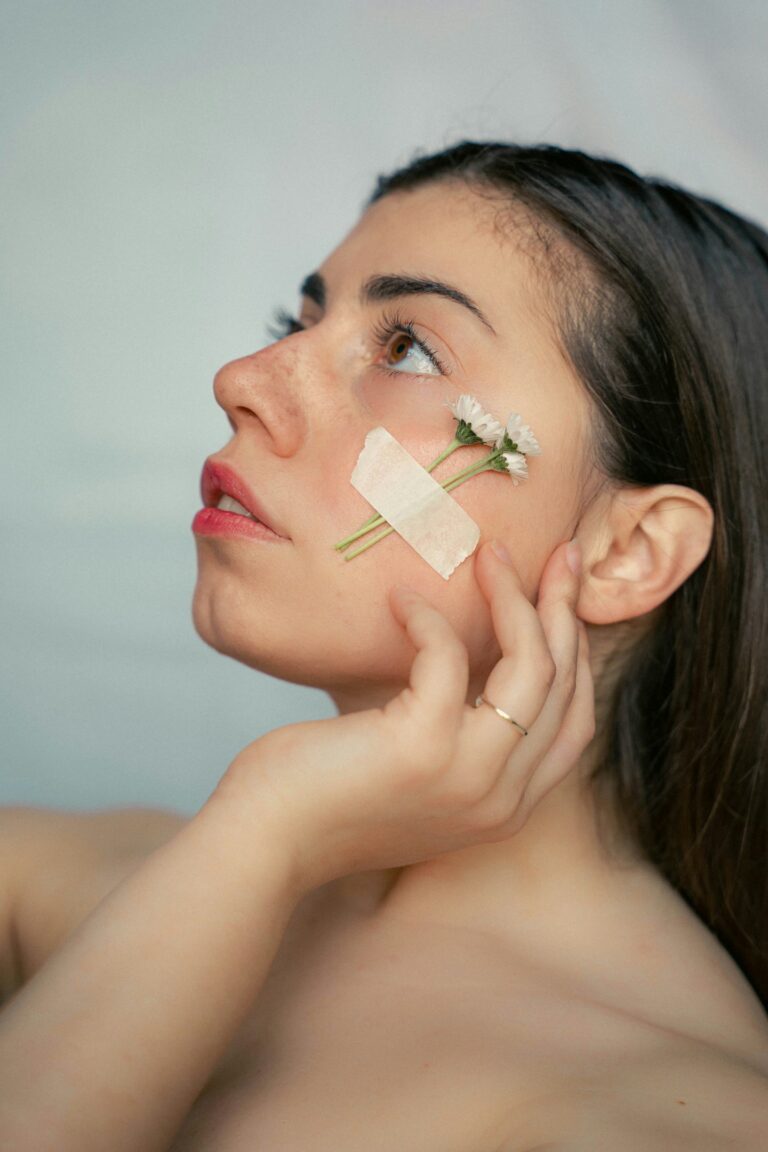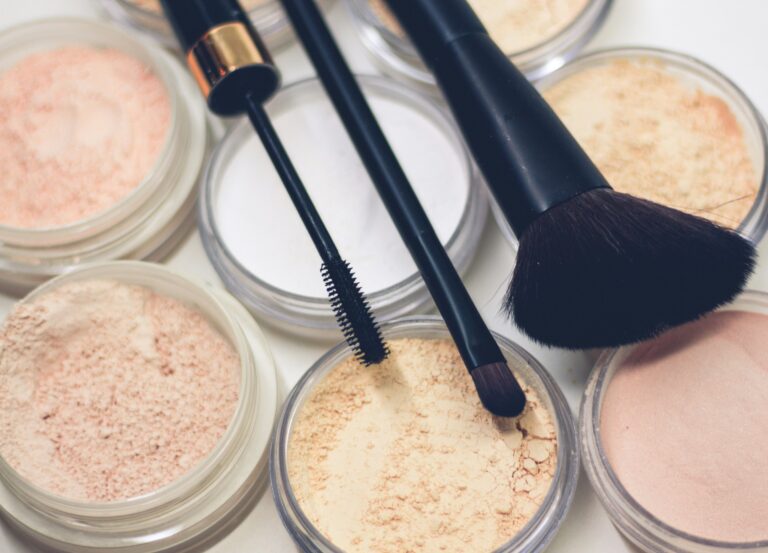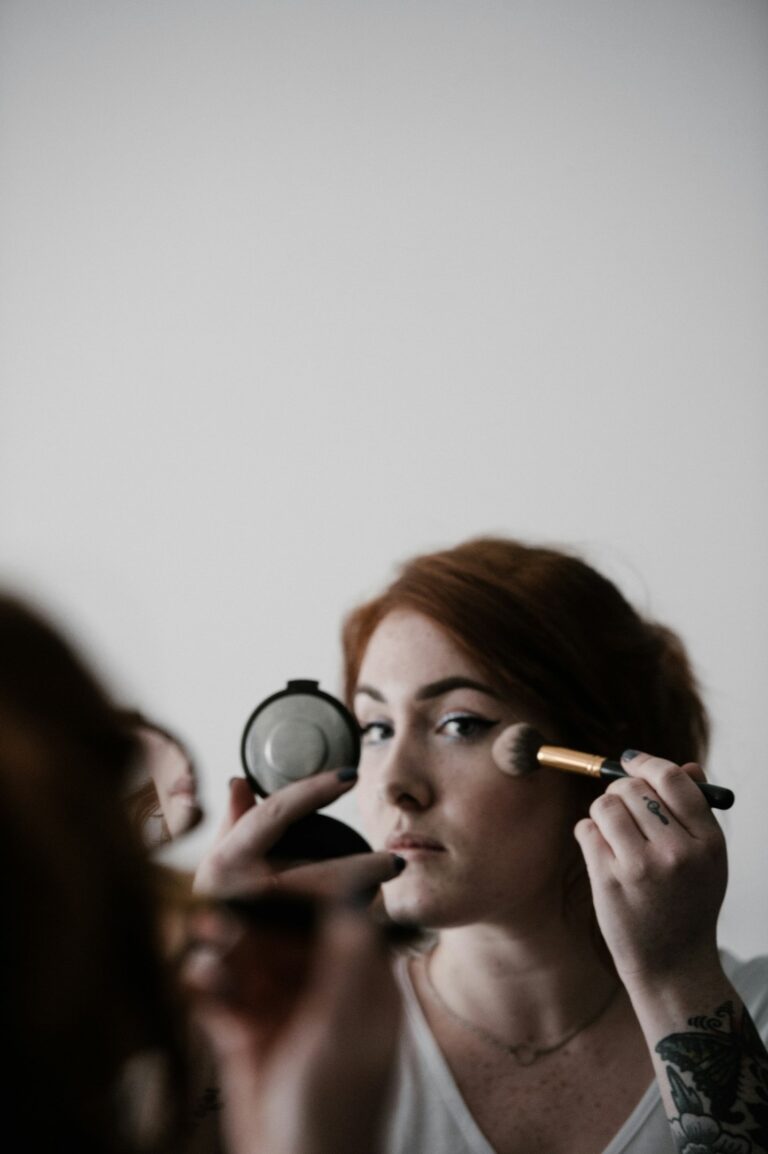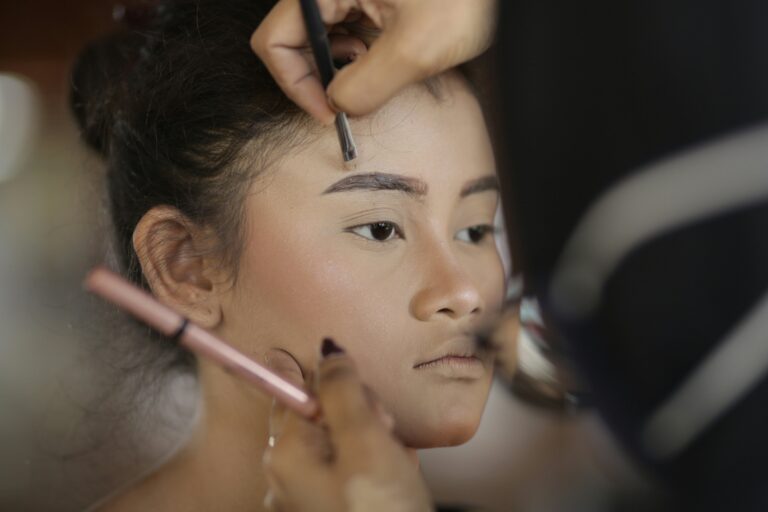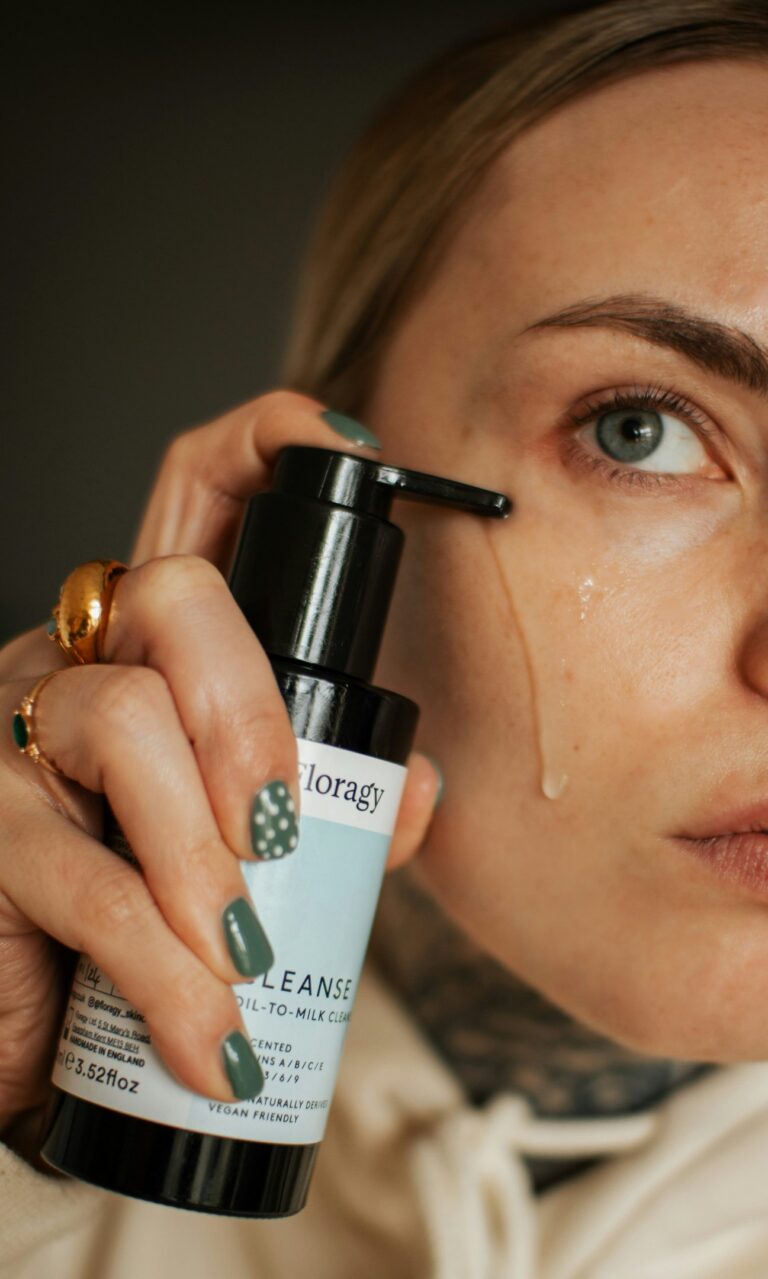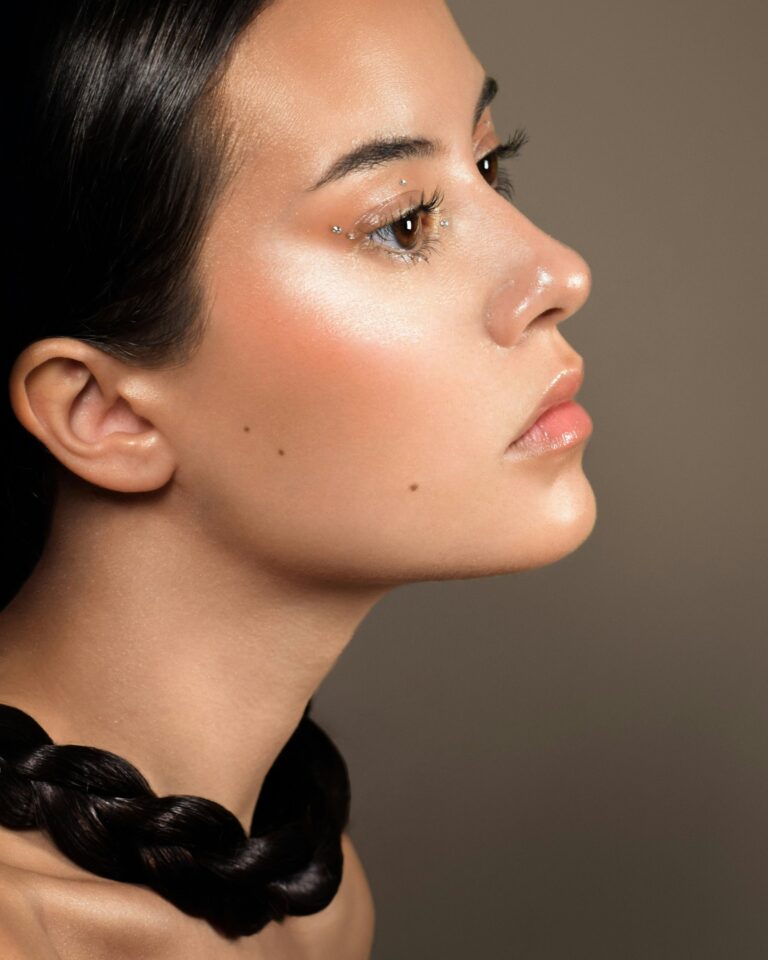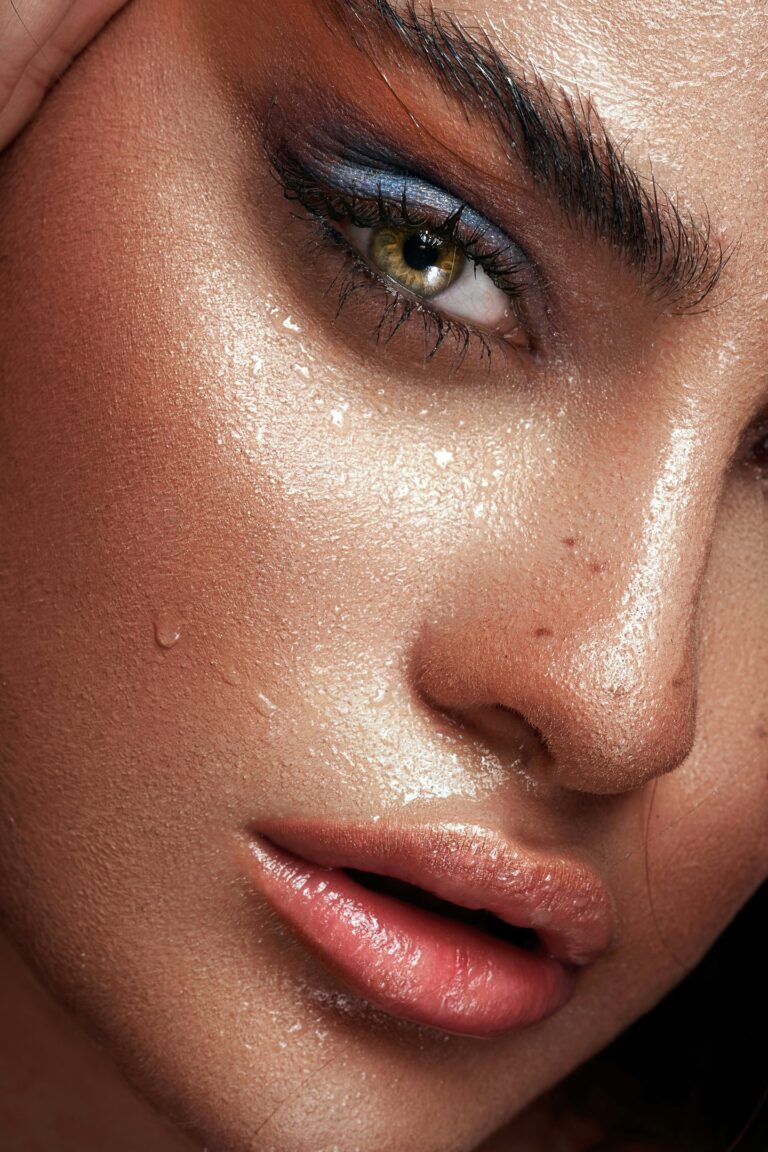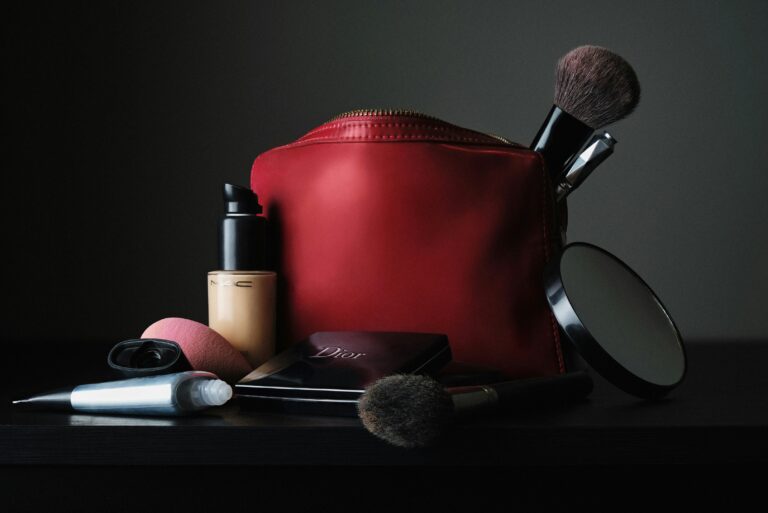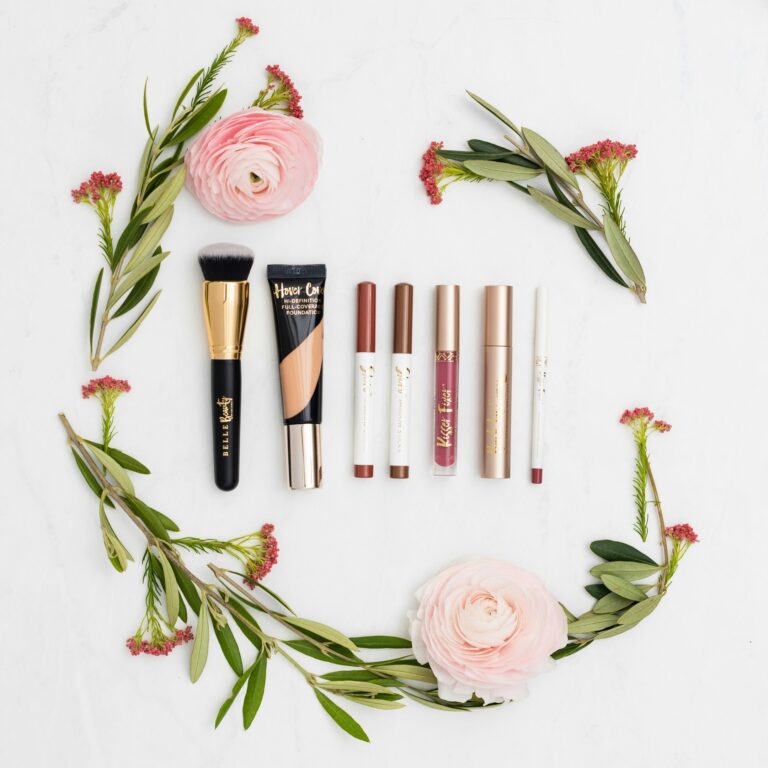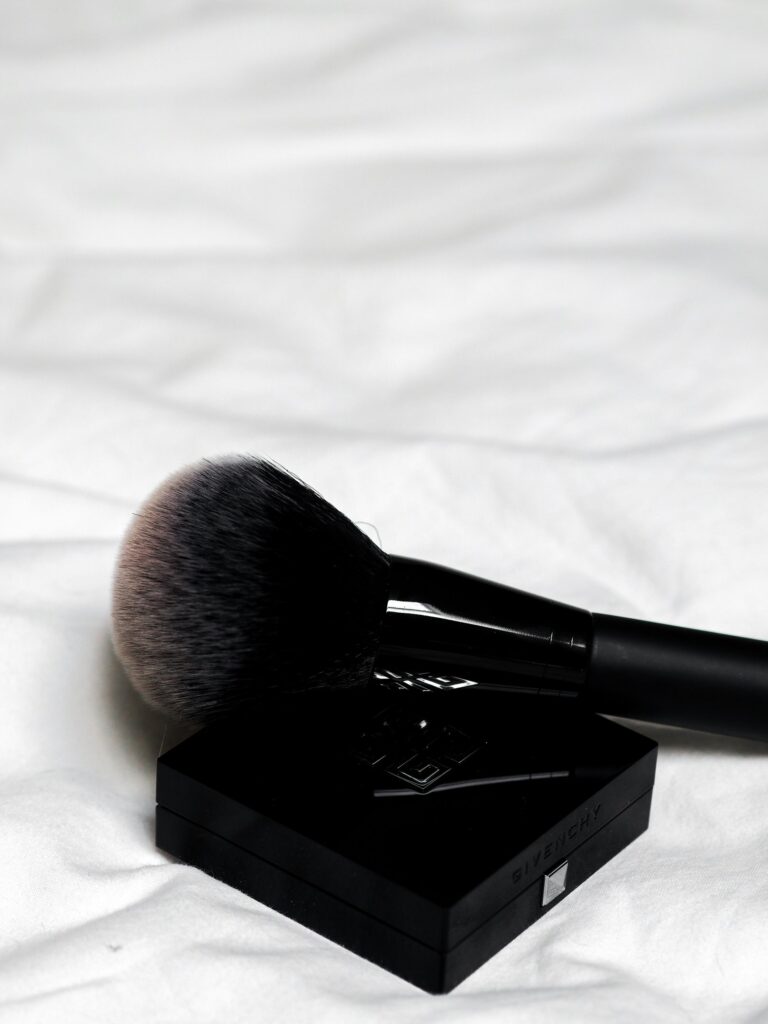Makeup Pilling? Here’s Why It Happens — and How to Fix It for Flawless Skin
Learn why makeup pilling happens and know more about simple solutions to stop it for smooth, flawless skin every time!
Did you ever realized after putting on your makeup only to see it clump into tiny balls? That is makeup pilling and it is a total buzzkill. This pilling mess up your foundation, sunscreen or primer, leaving your skin looking patchy. This blog tells you why makeup pills on skin and shares easy ways to keep your look smooth, shiny and polished.
Makeup pilling feels like your skin’s reacting and saying, “Nope, not today. But do not stress as it is fixable. With a few tweaks to your routine make up, like using a gentle cleanser and picking the right products, you can banish those pesky flakes. This is the time to get your makeup game back on track.
No matter if you are new to makeup or a seasoned pro, these tips will help you achieve a flawless finish. Get ready to stop makeup pilling for good, here is how it works.
What Is Makeup Pilling, Anyway?
Makeup pilling happens when due to lack of proper knowledge your skincare or makeup products ball up into little flakes or crumbs on your skin. You shall notice it most when applying foundation, sunscreen or primer, or even just rubbing your face. It is like your skin is pushing the product away and leaving an uneven, cakey mess.
This issue can strike anyone, no matter what type of skin you possess. The good news is here? By understanding the causes and using simple techniques which are required, you can prevent makeup from pilling and keep your skin looking smooth.
Signs of Makeup Pilling
- Few tiny flakes or crumbs forming on your skin
- Patchy, uneven makeup application also is a major cause
- If foundation or sunscreen looking textured or cakey

Image Credit: Freestockpro
Why Does Makeup Pilling Happen?
Pilling is not just about the products you use but it is often how you apply them. WebMD confirms this, noting that application mistakes are a common and major cause. Here is why your makeup might be separating on skin.
Layering Too Many Products Too Fast
Slathering on serum, moisturizer, sunscreen and primer without giving each layer time to soak in is definitely a pilling disaster. When products do not absorb fully, they sit on your skin’s surface, clashing with the next layer.
Incompatible Product Formulas
Oil and water do not mix and neither do some skincare base products. Pairing a silicone based primer with a water-based foundation often causes clumping, so be aware of it.. Do not forget to check your product ingredients for compatibility.
Using Too Much Product
More is not always better. Applying excessive serum or moisturizer creates a thick film that your foundation can not stick to, leading to pilling.
Dead Skin Buildup
If you have not exfoliated in a while than flaky skin grabs onto products, causing them to clump instead of glide. A smooth canvas is a key to preventing pilling.
Poor Ingredient Pairings
Some ingredients, like high levels of dimethicone mixed with alcohol-based products, do not get along. This combo can create a rough texture that is prone to pilling. It is advisable to use proper ingredients.
Lightweight Moisturizer
What We Like:
- Ability to absorb quickly without residue
- Hydrates for a smooth base
- It works with most foundations
What to Consider:
- It may not be rich enough for very dry skin
How to Stop Makeup Pilling: 6 Practical Solutions
Wish to stop makeup pilling for good? By using these makeup pilling solutions will help you achieve a smooth, flawless look. It is all about timing, technique and choosing the right products.
Use Less Product, Applied Right
Less is more when it comes to skincare protection. A pea-sized amount of most products, like a lightweight moisturizer for makeup, is plenty. Leave each layer sink in for few moments before adding the next:
- Always wait 30 seconds after toner before serum.
- Give serum 1 minute before moisturizer.
- Do not forget to wait for 2 minutes before applying makeup.
Match Your Product Bases
Using a water-based primer with a silicone-based foundation? That is definitely a pilling nightmare. Always check your product labels:
- Water or aqua means water-based.
- “Dimethicone” or “cyclopentasiloxane” means silicone-based.
Stick to one type for smoother results. A good primer can make all the difference to your skincare.

Image Credit: Bruno Cortes
Water-Based Primer
What We Like:
- Works with dewy foundations
- Lightweight and non-greasy
- It prevents pilling under makeup
What to Consider:
- Not ideal for oily skin
Exfoliate Gently 2 to 3 Times a Week
Dead skin buildup can be a major cause of pilling. Exfoliating smooths your skin generally, creating a perfect canvas for makeup. Skip harsh scrubs and opt for gentle chemical exfoliants like AHAs or PHAs to avoid irritation while keeping your skin pill-free.
Exfoliating Toner
What We Like:
- Gentle lactic acid formula
- Smooths flaky skin
- Preps skin for makeup
What to Consider:
- Use only 2 to 3 times weekly
Pat, Don’t Rub
Rubbing your skin causes friction, and it leads to pilling. Gently patting products into your skin is a better way instead. Use a damp sponge or soft brush for foundation to blend makeup smoothly. Do not use circular motions that drag product around.
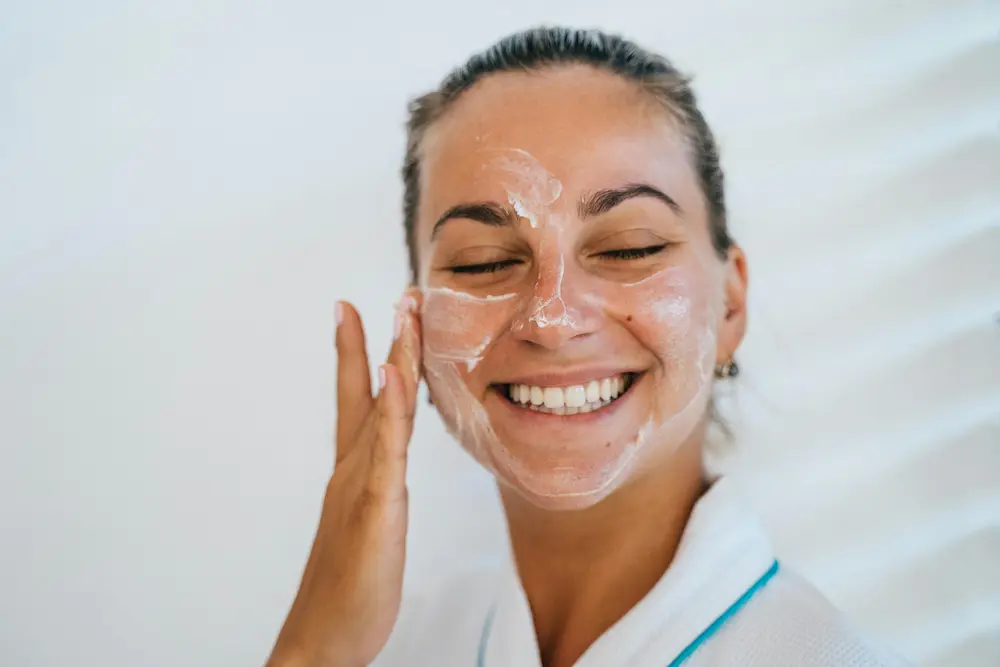
Image Credit: Ann Tarazevich
Blending Sponge
What We Like:
- Soft, bouncy texture
- Blends foundation evenly
- Reduces pilling risk
What to Consider:
- Needs cleaning after each use
Rethink Your Primer
If you see pilling happens after primer, the formula might be the problem. Try skipping primer for a day to see if your foundation applies better. If you need one, just choose a lightweight, non-silicone option to prevent makeup from pilling.
Non-Silicone Primer
What We Like:
- Hydrates and smooths skin
- Works with most foundations
- Reduces pilling risk
What to Consider:
- May feel light for heavy makeup looks
Mist Before Makeup
A light setting spray before foundation creates a tacky base that helps makeup grip. Mist after moisturizer but before makeup for a seamless finish. This is a small step which can prevent pilling and fix cakey makeup.
Hydrating Setting Spray
What We Like:
- Preps and sets makeup
- Hydrates without stickiness
- Helps prevent pilling
What to Consider:
- Needs light application to avoid wetness
Quick Fixes for Makeup Pilling Mid-Application
Pilling in the middle of your routine? No need to panic. Try these quick fixes to save your look:
- Press ever so gently with a damp sponge to smooth out flakes.
- Mist your face lightly and pat slowly to rehydrate the area.
- For bad pilling, just remove the area with a micellar wipe and re-apply sparingly.

Image Credit: Cottonbro
Micellar Cleansing Pads
What We Like:
- Ability to Remove pilling without stripping skin
- Gentle for quick touch-ups
- There is no residue left behind
What to Consider:
- Single-use pads create waste
Extra Tips to Prevent Makeup Pilling Like a Pro
If you wish to know how to master foundation pilling tips for a flawless look? These strategies will keep your makeup smooth and your skin happy:
- Avoid piling on actives like vitamin C, retinol and niacinamide in one go, instead spread them out in your night routine to avoid irritation.
- Use silicone-based primers sparingly to prevent buildup. The lesser you use, better for a smooth base..
- Try and Store skincare in a cool, dry place. Heat or warm conditions can mess with product texture, leading to pilling.
- Let your sunscreen dry fully before makeup. This is crucial for tinted sunscreens to avoid clumping.
- Hydrate your skin properly. Dry patches make pilling worse, so use a light moisturizer to keep skin soft.
- Keep checking your tools. Dirty brushes or sponges can drag product and cause pilling. Clean them weekly for best results.
Tailoring Your Routine by Skin Type
Always be aware that your skin type plays a big role in pilling. For oily skin, stick to lightweight, water-based products to avoid excess oil buildup. Dry skin benefits from hydrating formulas but needs regular exfoliation to remove flakes. If you have combination skin, use a targeted routine to balance oily and dry areas. Knowing your skin type helps you pick products that won’t pill.
Seasonal Adjustments to Avoid Pilling
Weather can also be a cause of a change, how your makeup behaves. In summer, humidity can make pilling worse, so use lightweight products and a good sunscreen. In winter, dry air can lead to flaky skin, so double down on hydration and gentle exfoliation. Adjust your routine with the seasons to keep pilling at bay.
FAQs About Makeup Pilling
Q1: What is makeup pilling, and why does it happen?
A: Makeup pilling is when products clump into flakes on your skin. It is caused by layering too fast, mismatched formulas or dead skin buildup.
Q2: How can I prevent makeup from pilling?
A: Use less product, wait for few moments for layers to absorb, match product bases, and exfoliate 2 to 3 times a week for smooth skin.
Q3: Can I fix makeup pilling after it starts?
A: Yes you can by gently pressing with a damp sponge, mist lightly or remove and re-apply sparingly with micellar wipes.
Q4: Does skin type affect makeup pilling?
A: Yes very true. Dry skin pills due to flakes, while oily skin can pill from excess product. Always tailor your routine to your skin type.
Q5: Can I skip primer to avoid pilling?
A: Sometimes you can. Do some test applying foundation without primer. If it works better than skip it or switch to a non-silicone option.
Conclusion
Makeup pilling can be a real frustration for every skincare lover, but it is easy to fix with the right approach. By using compatible products, applying less and prepping your skin properly, you can achieve a smooth, flawless look every time and without too much fuss. Experiment with these makeup pilling solutions, tweak your routine and say goodbye to those annoying flakes. Your skin deserves a better shine.
Wish insider access to the latest skincare product recommendations and glow-boosting tips? Subscribe to our GlowList and be the first to know what is trending in beauty.
Disclaimer: This article may contain affiliate links. If you click and purchase, we may earn a commission at no extra cost to you. As an Amazon Associate, we earn from qualifying purchases.
